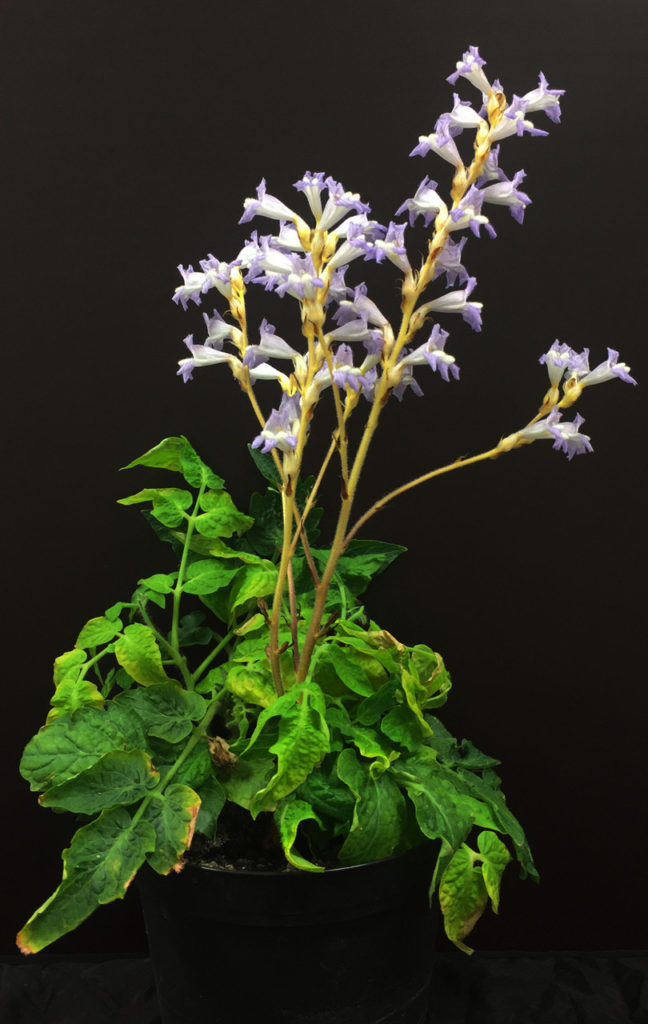
Genetic reconfiguration en route to a nonphotosynthetic lifestyle in plants
Parasitic plants of the broomrape family (Orobanchaceae) steal both water and nutrients from other plants. Amongst the world’s most problematic parasitic weeds are broomrapes (Orobanche s.l.) and witchweeds (Striga), which attack the roots of important cereals and vegetable crops. Fundamental knowledge of the molecular evolutionary forces and constraints influencing the evolution of parasitism within Orobanchaceae would help us to develop more effective and sustainable pest control procedures.
The goal of this research is to identify commonalities as well as adaptive and nonadaptive genetic reconfigurations that are associated with the transition from an autotrophic to a holoparasitic way of life within the Orobanchaceae. The proposed research program exploits the unique, natural genetic diversity of the broomrape family, which comprises the full trophic spectrum including nonparasites, hemiparasites of various specializations and holoparasites that have evolved multiple times independently. We will test whether and which genetic changes precede or follow the transition to holoparasitism and if these reconfigurations occur in a predictable order.
A primary aim is to disentangle the nature and direction of molecular evolutionary shifts in the genes of the parasites. To this end, we use qualitative and quantitative RNA and DNA sequencing to compare the gene sets and gene expression patterns between several autotrophic and heterotrophic Orobanchaceae. A key aspect lies in employing existing and devising novel probabilistic models to investigate our research hypotheses in a unified computational framework that fuses genotypic and phenotypic information. This study thus will allow assessing the interplay between changes in the genetic profile of closely related parasitic plants and the underlying molecular evolutionary forces that act as fuel for macroevolutionary change – and vice versa.
The well-developed Orobanchaceae model system in combination with state-of-the-art molecular evolutionary methods provides the ideal tool to develop an explanatory model for the genetic changes associated with trophic specialization in plants. The more than five independent transitions to holoparasitism in the family will enable us to specifically examine whether adaption to this way of life has occurred in at least as many different ways, and help us to identify the functions associated with these lifestyle. Our research objectives thereby focus on key questions concerning the genetics of Orobanchaceae and, at the same time, address unresolved issues of molecular rate variation in plants. Thus, our work will contribute towards unraveling the causes and consequences of the transition to parasitism in plants and identifying its underlying mechanisms. Comparative biocomputational approaches in evolutionary biology will further the development of a generalized explanatory model of the effects of genomic and phenotypic shifts, which will impact research areas in many branches of the life sciences.

Funding: German Science Foundation (Deutsche Forschungsgemeinschaft), Emmy Noether-program.